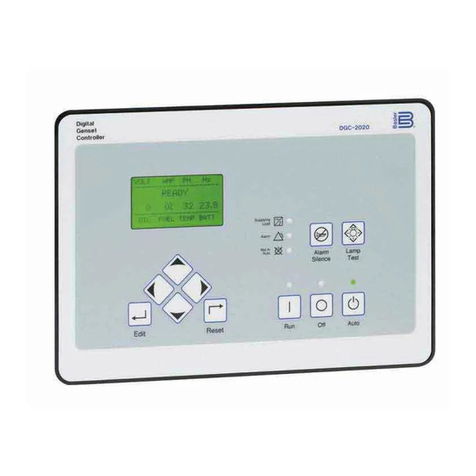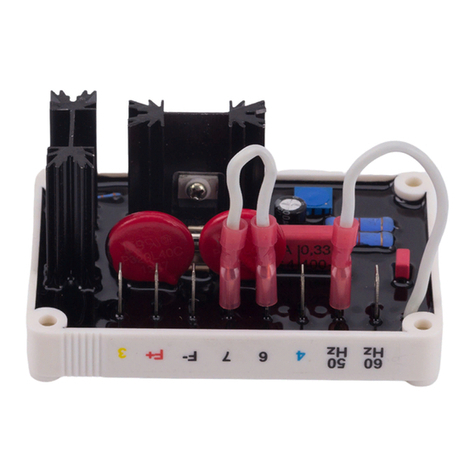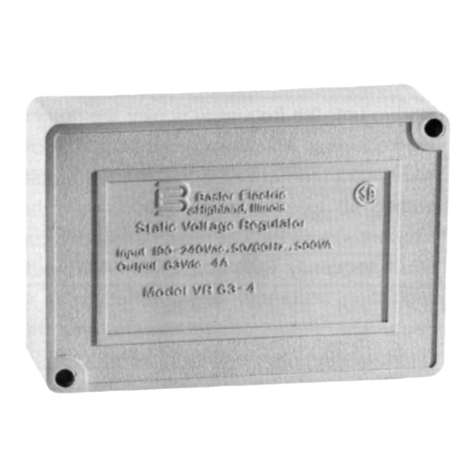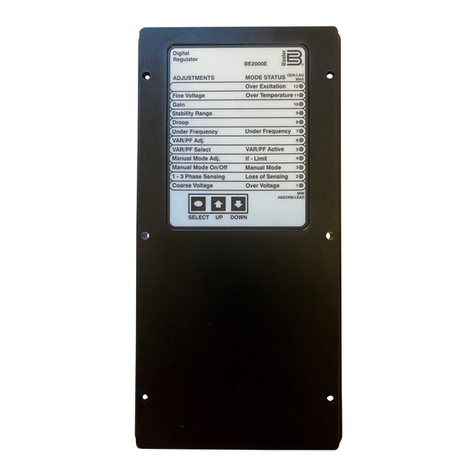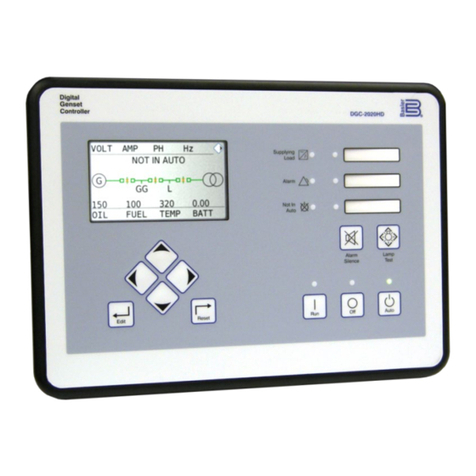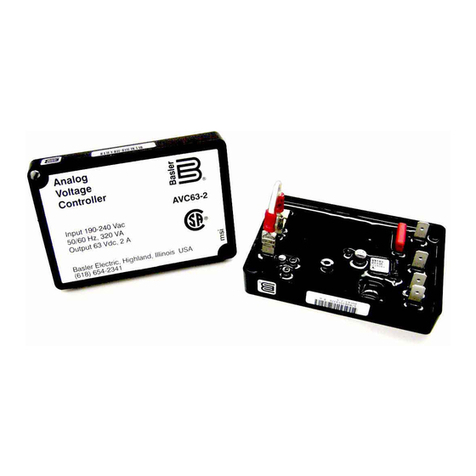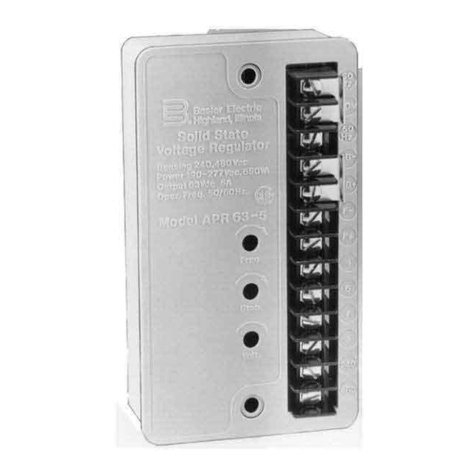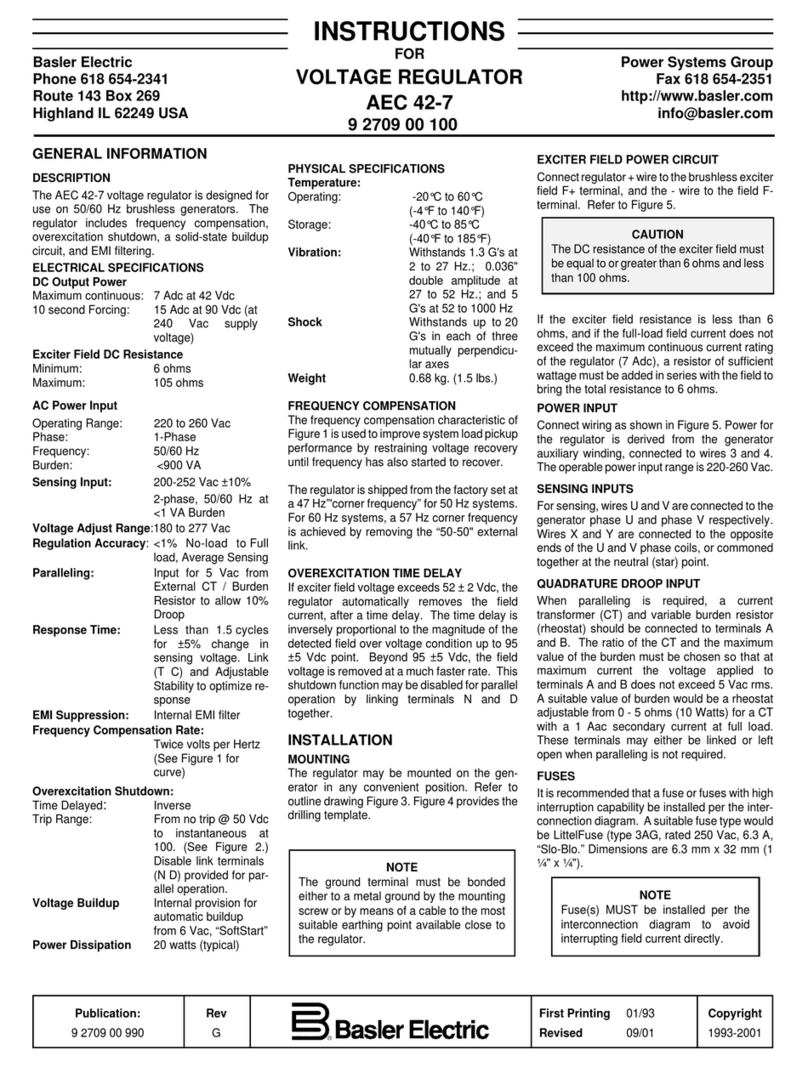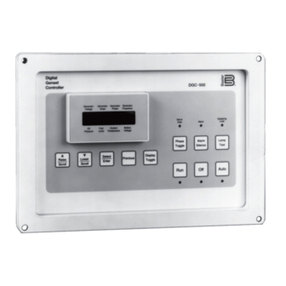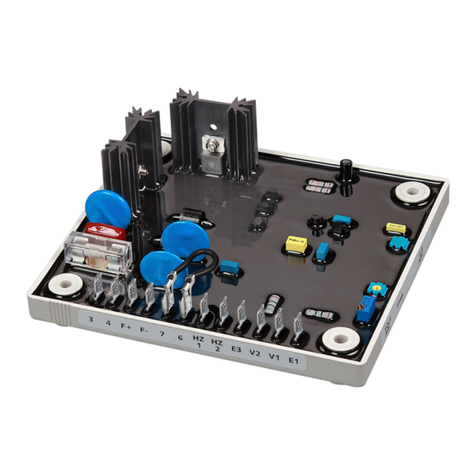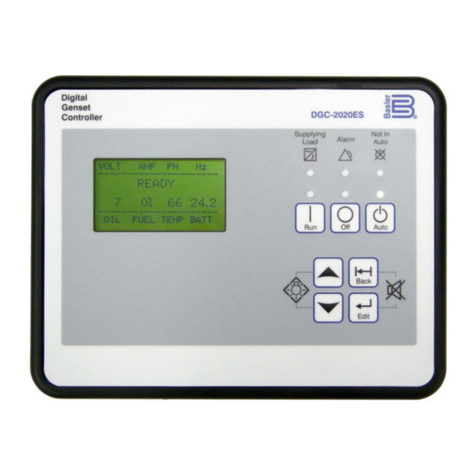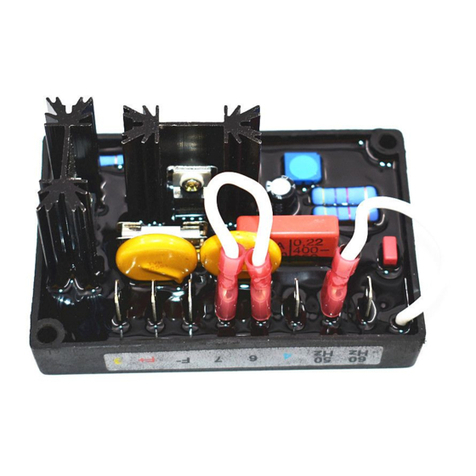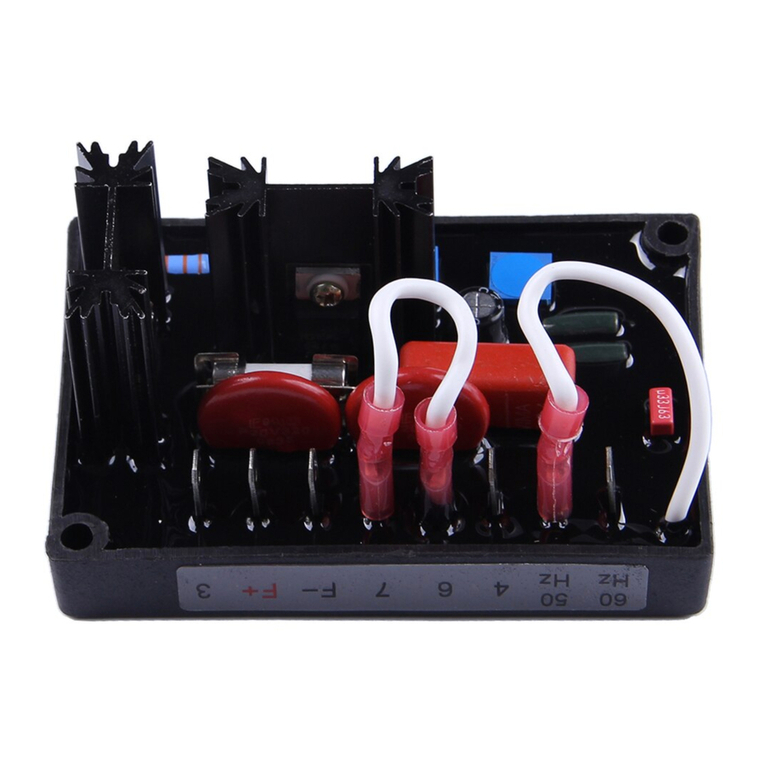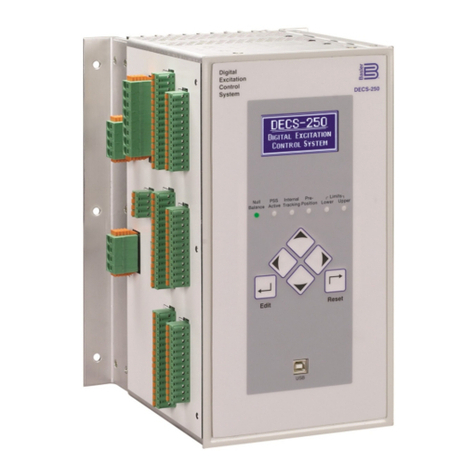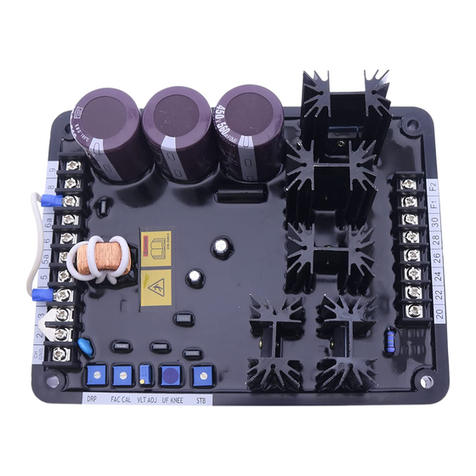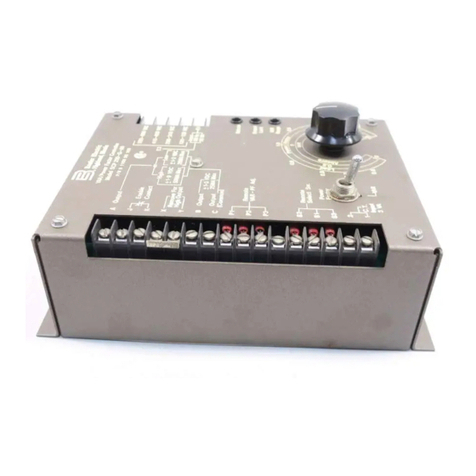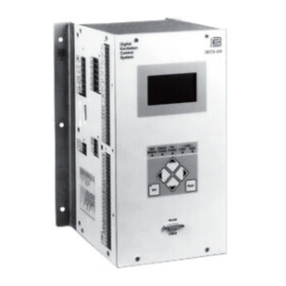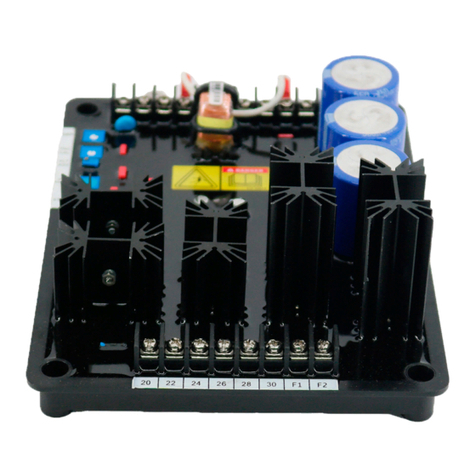
iii
CONTENTS
SECTION 1.0 GENERAL INFORMATION.....................................................................1-1
1.1 Description...............................................................................................1-1
1.2 Specifications...........................................................................................1-1
Electrical Specifications
...........................................................................1-1
Physical Specifications
............................................................................1-2
1.3 Optional Features .................................................................................... 1-2
1.4 Accessories .............................................................................................1-3
1.5 Model Number Description and Selection ...............................................1-3
Typical Model Number
.............................................................................1-4
Model Number Designations
....................................................................1-4
SECTION 2.0 PRINCIPLES OF OPERATION...............................................................2-1
2.1 Functional Circuits ................................................................................... 2-1
Overall Block Diagram
.............................................................................2-1
2.2 Application Information ............................................................................ 2-1
2.3 Parallel Compensation............................................................................. 2-2
SECTION 3.0 INSTALLATION....................................................................................... 3-1
3.1 Mounting..................................................................................................3-1
Outline Drawing
.......................................................................................3-1
3.2 Interconnection ........................................................................................ 3-2
Voltage Adjust Potentiometer P/N (03456)
..............................................3-2
Paralleling Potentiometer P/N (03469)
....................................................3-2
Brush Type Rotary Exciter Interconnection
.............................................3-5
Brushless Type Rotary Exciter (or Static Exciter)
Interconnection ........................................................................................ 3-6
3.3 Parallel Compensation............................................................................. 3-6
3.4 Reactive Droop Compensation (Droop)................................................... 3-7
3.5 Reactive Droop Compensation (Cross-Current)...................................... 3-7
Reactive Differential (Cross-Current) Compensation CT
Interconnection ........................................................................................
3-8
Top View of Voltage Regulator................................................................
3-8
SECTION 4.0 OPERATION............................................................................................ 4-1
4.1 General....................................................................................................4-1
4.2 Operation at Reduced Speeds ................................................................4-1
4.3 Voltage Shutdown....................................................................................4-1
4.4 Adjustments............................................................................................. 4-2
4.5 Wiring .....................................................................................................4-2
4.6 Initial Operation........................................................................................4-2
4.7 Field Flashing........................................................................................... 4-4
4.8 Parallel Operation.................................................................................... 4-4
SECTION 5.0 MAINTENANCE, REPLACEMENT PARTS AND
TROUBLESHOOTING........................................................................... 5-1
5.1 Preventive Maintenance .......................................................................... 5-1
5.2 Corrective Maintenance...........................................................................5-1
Operational Test
......................................................................................5-1
5.3 Replacement Parts..................................................................................5-2
Component Location and Identification
....................................................5-2
SR4A Replacement Parts
........................................................................5-3
